Welcome to the Lazy Person’s Guide to Exercise, where minimal effort meets maximum results. Discover simple, achievable routines that fit effortlessly into your lifestyle, proving fitness doesn’t have to be overwhelming. Even small, consistent movements can lead to significant health benefits over time.
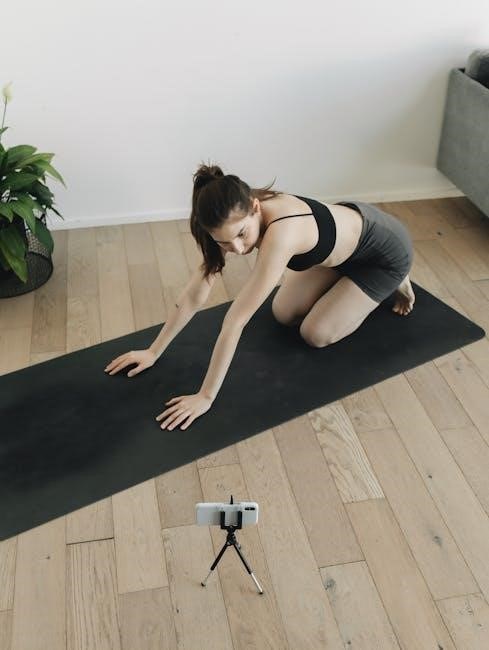
Why Exercise Matters for Lazy People
Exercise boosts energy, improves health, and enhances mood, even with minimal effort. Consistency, not duration, is key to reaping benefits like preventing chronic diseases and strengthening muscles.
Breaking the Myth: Exercise Doesn’t Have to Be Time-Consuming
Many believe exercise requires hours at the gym, but this is a misconception. Short, effective routines can yield significant benefits, even in minimal time. Research shows that just 5-10 minutes of daily movement, such as core exercises or brisk walking, can improve health and energy levels. The key is consistency, not duration. For example, bodyweight exercises like squats or push-ups can be done in minutes and still strengthen muscles. Even small actions, like standing up hourly or doing chores energetically, count as exercise. This approach makes fitness accessible for anyone, proving that staying active doesn’t have to be time-consuming or overwhelming.
Health Benefits of Minimalist Exercise Routines
Even short, minimalist exercise routines offer significant health benefits. Regular movement, no matter how small, improves cardiovascular health, boosts energy levels, and strengthens muscles. Simple activities like walking or bodyweight exercises can enhance flexibility and balance while reducing the risk of chronic diseases. Minimalist workouts also promote mental well-being by reducing stress and improving mood. Consistency is key; even 5-10 minutes of daily exercise can lead to noticeable improvements over time. These routines are sustainable and realistic, making it easier to stick with them long-term. By incorporating small efforts into your daily life, you can achieve better overall health without feeling overwhelmed.

Simple Exercise Routines for Lazy People
Discover easy, low-effort workouts designed for minimal motivation. From 5-minute core exercises to lazy girl workouts, these routines require little time and effort while delivering results. Perfect for home, they help improve health and consistency without pressure.
5-Minute Core Exercises for Quick Results
Engage in short, effective core workouts that deliver results without requiring much time or effort. Planks, bicycle crunches, and Russian twists are excellent for strengthening abdominal muscles. Even brief sessions can improve posture, balance, and overall core stability.
These exercises are perfect for lazy days, as they can be done from home or even while waiting. Consistency is key—just a few minutes daily can lead to noticeable improvements in strength and energy levels over time.
7 Lazy Girl Workouts You Can Do at Home
Discover 7 simple and effective workouts designed for those who prefer comfort and convenience. These routines require minimal effort and can be done from the comfort of your home. Bodyweight exercises like squats, push-ups, and lunges are great for building strength without equipment. Add variety with seated yoga stretches or dancing to your favorite music for a fun cardio session. Even short bursts of activity, like 10 minutes of rapid pacing or stair climbing, count as exercise. The key is consistency—small, manageable sessions can lead to significant improvements in fitness and energy levels over time. Make these lazy-friendly workouts a part of your daily routine for lasting results.
Bodyweight Training: The Ultimate Lazy Person’s Strength Workout
Bodyweight training is an ideal strength-building option for those who prefer minimal effort. It requires no equipment, can be done anywhere, and offers versatile exercises like push-ups, squats, and planks. These movements target major muscle groups, improving strength and flexibility without the need for a gym. For the lazy person, bodyweight exercises are perfect because they can be tailored to any fitness level, with modifications to suit individual capabilities. Consistency is key—aim for short, regular sessions, even just three times a week, to see progress. Over time, you can gradually increase intensity by adding reps or more challenging variations, ensuring the workouts remain effective without feeling overwhelming. This approach makes strength training accessible and sustainable for everyone.
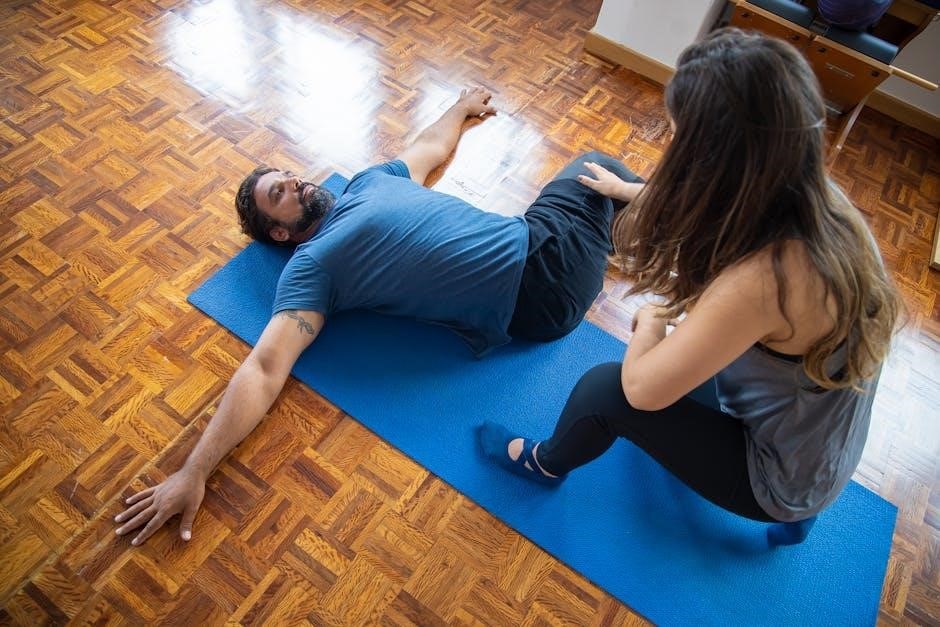
Incorporating Everyday Activities into Your Routine
Transform daily tasks into fitness opportunities. Walking, climbing stairs, or doing household chores can count as exercise. These small, effortless activities add up and promote better health effortlessly.
Walking: The Easiest Way to Stay Active
Walking is the simplest and most accessible form of exercise for anyone, especially those who struggle with motivation. It requires no equipment, can be done anywhere, and fits seamlessly into your daily routine. Whether it’s a short walk around the block, climbing stairs, or pacing while on a phone call, walking is an effortless way to stay active. Regular walking improves cardiovascular health, boosts energy levels, and supports weight management. For lazy individuals, incorporating walking into your routine is a low-effort yet effective way to promote overall well-being without feeling overwhelmed. Aim for at least 10,000 steps a day to reap the benefits of this easy, no-fuss activity.
Doing Household Chores as a Form of Exercise
Household chores can serve as a practical and effective way to stay active without feeling like you’re “working out.” Tasks like vacuuming, mowing the lawn, or carrying groceries are great ways to burn calories and improve physical fitness. Even light activities, such as folding laundry or organizing rooms, can contribute to movement and energy expenditure. For lazy individuals, incorporating chores into your routine is a subtle yet impactful way to stay active. Plus, multitasking by combining chores with music or podcasts can make the process more enjoyable. Over time, these small efforts add up, helping you maintain a healthier lifestyle without the pressure of traditional exercise routines.
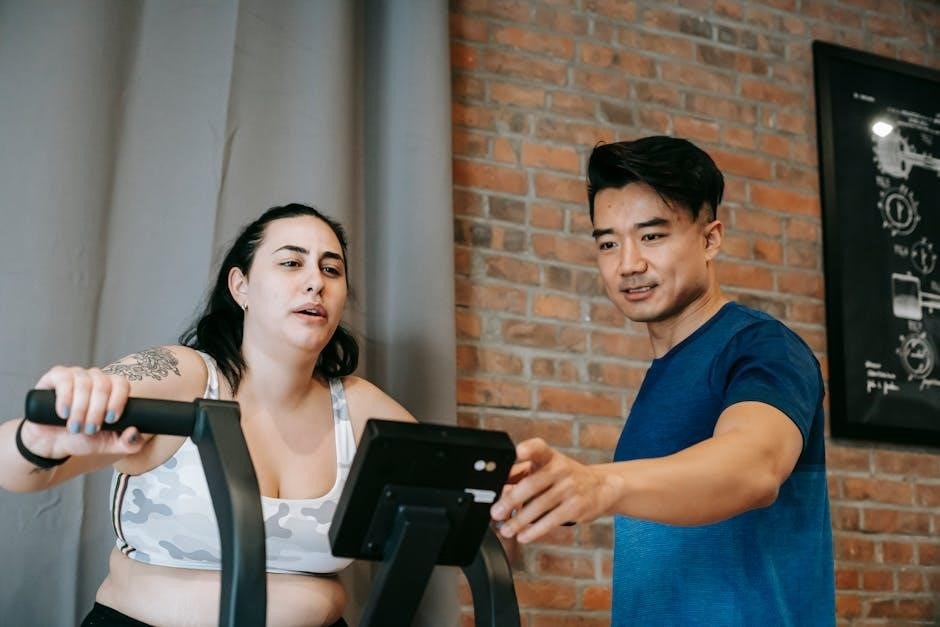
Exercise Tools and Gadgets for Lazy People
Resistance bands are a top choice for lazy exercisers—portable, easy to use, and affordable. Fitness apps also offer short, guided workouts, making exercise convenient and accessible anywhere.
Resistance Bands: Portable and Easy to Use
Resistance bands are a perfect addition to any lazy person’s exercise routine. They are lightweight, portable, and require minimal effort to use. Available in various resistance levels, these bands allow you to tone muscles without heavy equipment. Ideal for home workouts or while traveling, they can be used for exercises like bicep curls, chest presses, and leg workouts. Their versatility makes them a great tool for targeting multiple muscle groups. With resistance bands, you can achieve a full-body workout in just a few minutes. They are cost-effective, space-saving, and easy to incorporate into quick routines. This makes them an essential accessory for anyone looking to stay active with minimal effort.
Top 3 Must-Have Fitness Apps for Lazy Workouts
Discover the top fitness apps designed to make exercising effortless for lazy individuals. Apps like Lazy Girl Workout and Sweat: Kayla Itsines offer short, manageable routines that require minimal time and effort. These platforms provide guided workouts, tracking features, and motivation to keep you consistent. With options for home exercises and quick sessions, they eliminate excuses for skipping workouts. Additionally, apps like JEFIT feature extensive libraries of bodyweight exercises, perfect for those who prefer no-equipment workouts. These tools are perfect for staying active without the hassle of complex routines or gym memberships. They make fitness accessible, fun, and achievable, even for the most laid-back individuals.
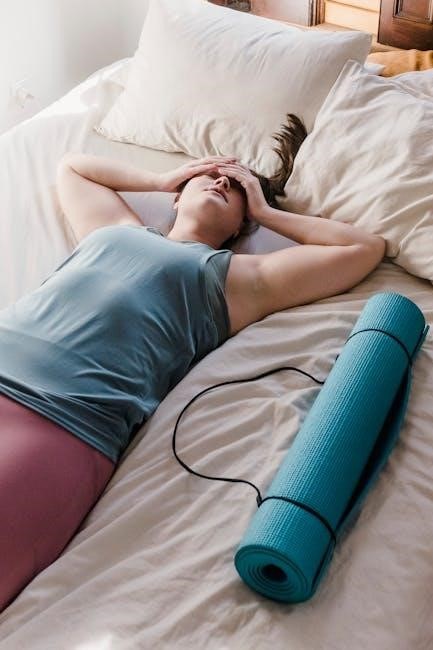
Staying Motivated as a Lazy Exerciser
Staying motivated as a lazy exerciser begins with setting small, achievable goals and celebrating progress. Find activities you enjoy and track your journey to maintain consistency.
Setting Small, Achievable Goals
Setting small, achievable goals is key to staying motivated as a lazy exerciser. Start with manageable objectives, like a 5-minute workout or a short walk daily. Celebrate progress, no matter how minor, to build confidence. For example, standing up once an hour or doing a few stretches can be a great starting point. Track your achievements to visualize improvement and stay encouraged. Remember, consistency is more important than intensity. By breaking fitness into bite-sized tasks, you create a sustainable routine that fits effortlessly into your lifestyle. This approach helps avoid burnout and keeps motivation high, even for the most reluctant exercisers.
How to Enjoy Exercise Without Hating It
Exercise doesn’t have to feel like a chore. To enjoy it, focus on activities you genuinely like, such as walking, dancing, or even doing bodyweight exercises while watching TV. Incorporate variety to keep things interesting and prevent boredom. For example, try stretching in bed or doing a quick 5-minute core workout. Make the environment comfortable—wear pajamas if it helps! Pairing exercise with music or podcasts can also make the experience more enjoyable. Celebrate small victories, like completing a short routine, to build a positive association with physical activity. Remember, the goal is to find joy in movement, not to endure grueling sessions. Keep it light, fun, and tailored to your preferences.
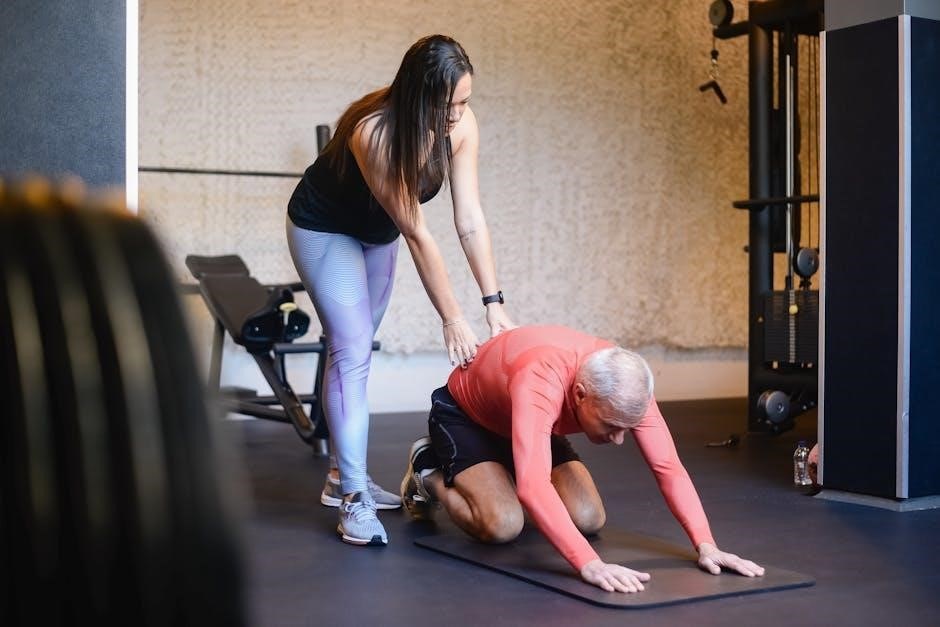
Tracking Progress and Celebrating Small Wins
Tracking your progress is key to staying motivated, even if you’re exercising minimally. Use a journal or app to log your workouts, steps, or time spent moving. Celebrate small victories, like completing a 5-minute core routine or walking a little further each day. Recognizing these achievements boosts confidence and reinforces the habit. Reward yourself with non-food treats, like a relaxing bath or extra downtime, to make the journey enjoyable. Reflecting on progress, no matter how minor, helps maintain consistency and builds a positive mindset toward exercise. Over time, these small wins add up, making fitness feel achievable and sustainable.